Overview
Kiyomizu-dera, one of Kyoto’s most famous temples, is a UNESCO World Heritage site known for its stunning wooden stage that offers panoramic views of the city. Founded in 778, the temple is dedicated to Kannon, the goddess of mercy. Its name, meaning “Pure Water Temple,” originates from the Otowa Waterfall, whose sacred waters are believed to bring health, longevity, and success. Visitors flock to Kiyomizu-dera throughout the year, especially during cherry blossom season in spring and the vibrant autumn foliage. The temple’s atmosphere is a perfect blend of history, spirituality, and scenic beauty.

The Architectural Marvel of Wood
Kiyomizu-dera is renowned for its vast wooden stage, which extends over a cliff without the use of nails. The platform, supported by 139 interlocking wooden pillars, is an engineering feat of traditional Japanese craftsmanship. The temple complex features multiple halls, including the Main Hall (Hondo), which enshrines a statue of Kannon. The vermilion pagoda and the serene gardens enhance the temple’s aesthetic appeal. The surrounding structures embody the elegance of classical Japanese architecture, making it a visual masterpiece.
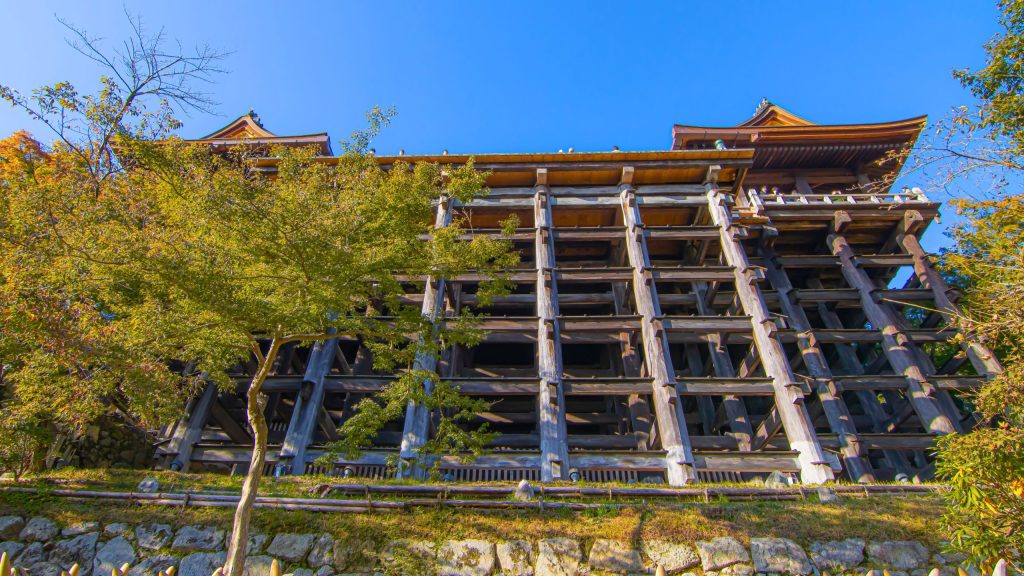
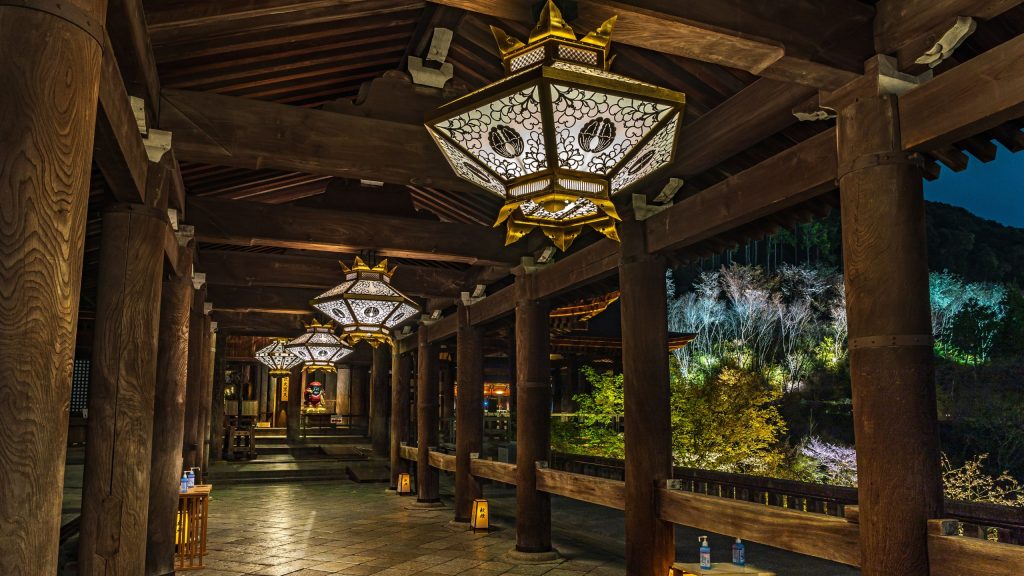
A Panoramic View That Captivates the Soul
- The temple’s iconic wooden stage provides a breathtaking panoramic view of Kyoto.
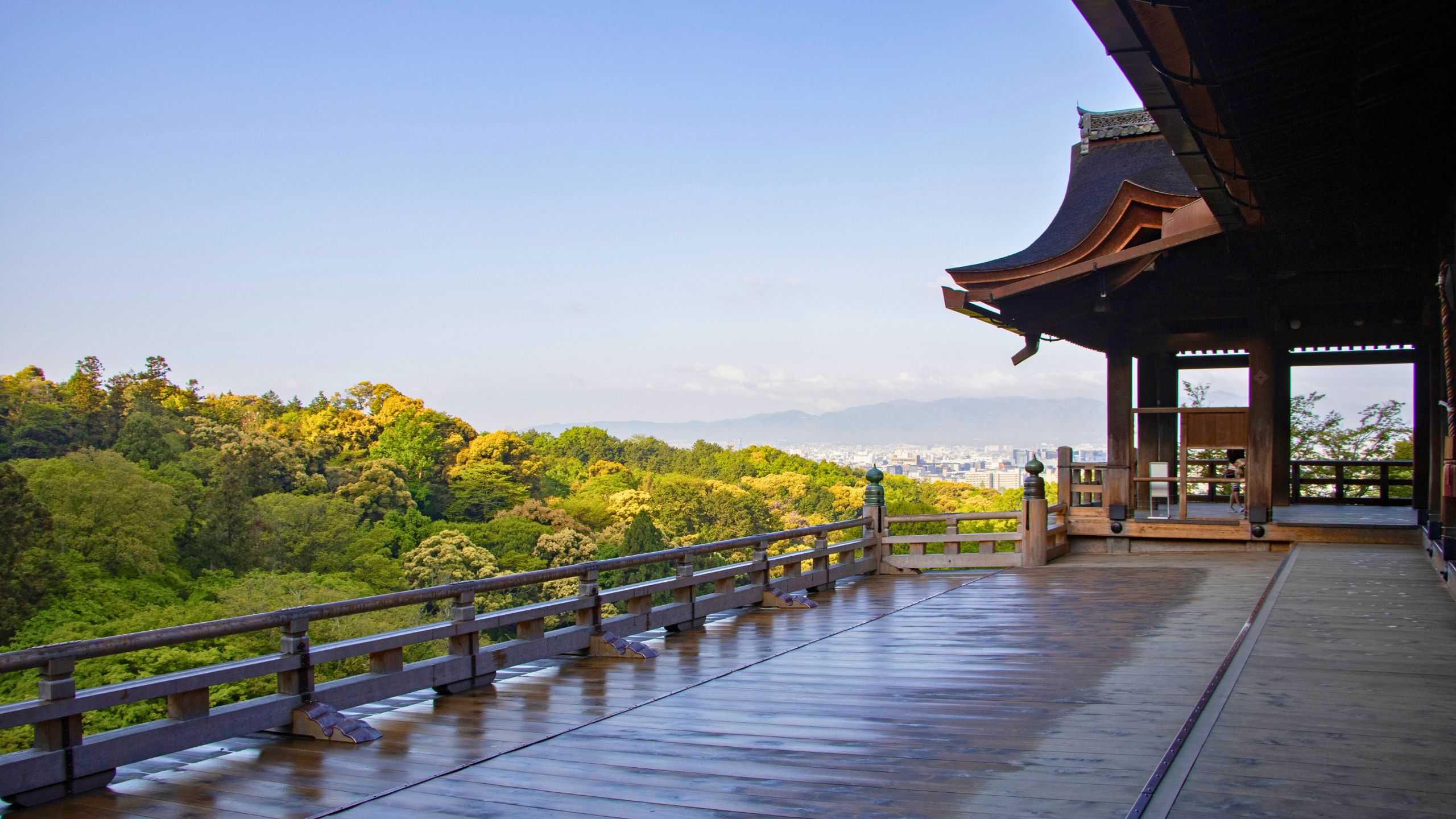
- Otowa Waterfall offers three streams where visitors can drink for health, longevity, and academic success.
- Jishu Shrine, within the temple grounds, is dedicated to love and matchmaking, featuring the famous “Love Stones.”
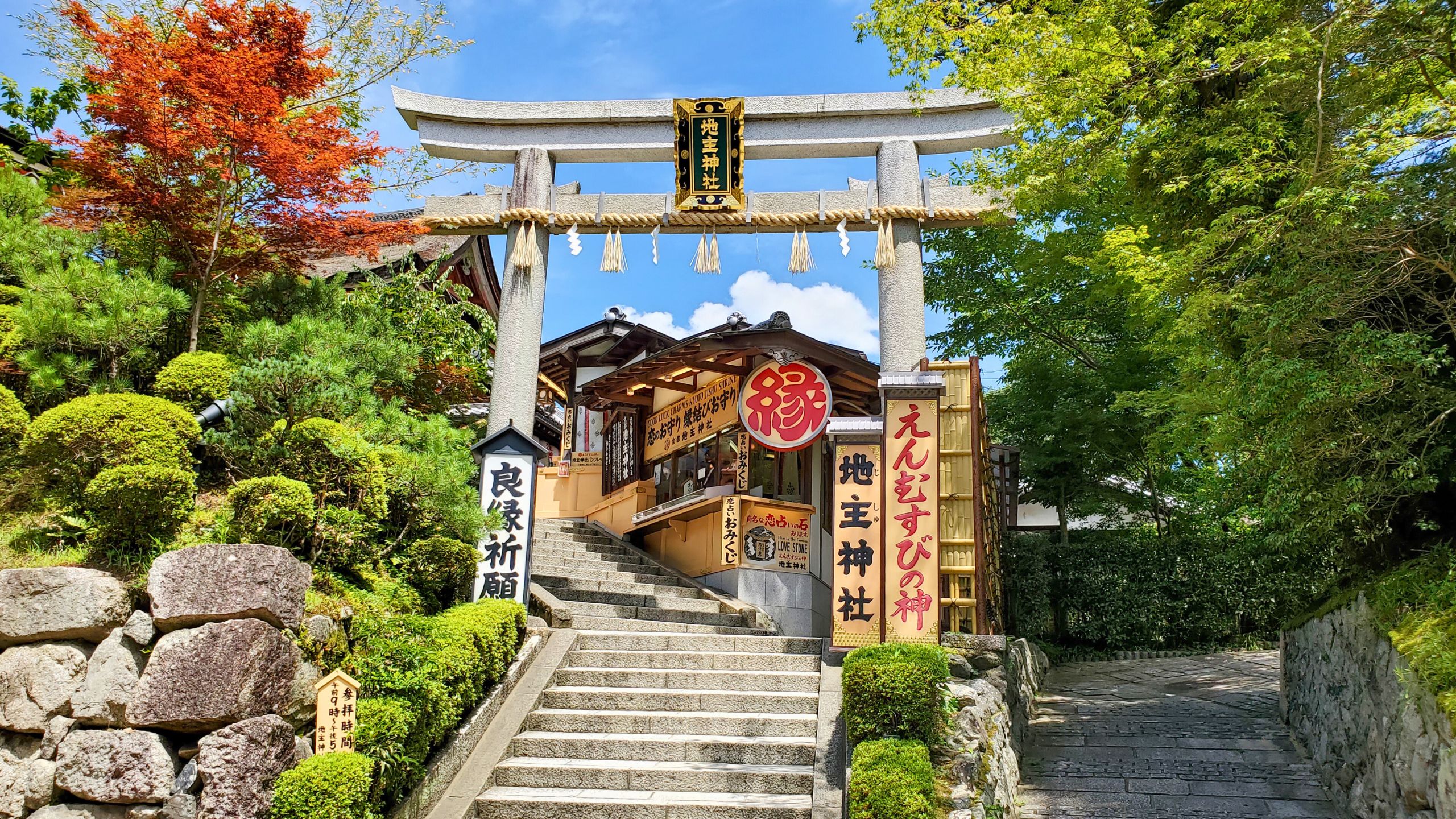
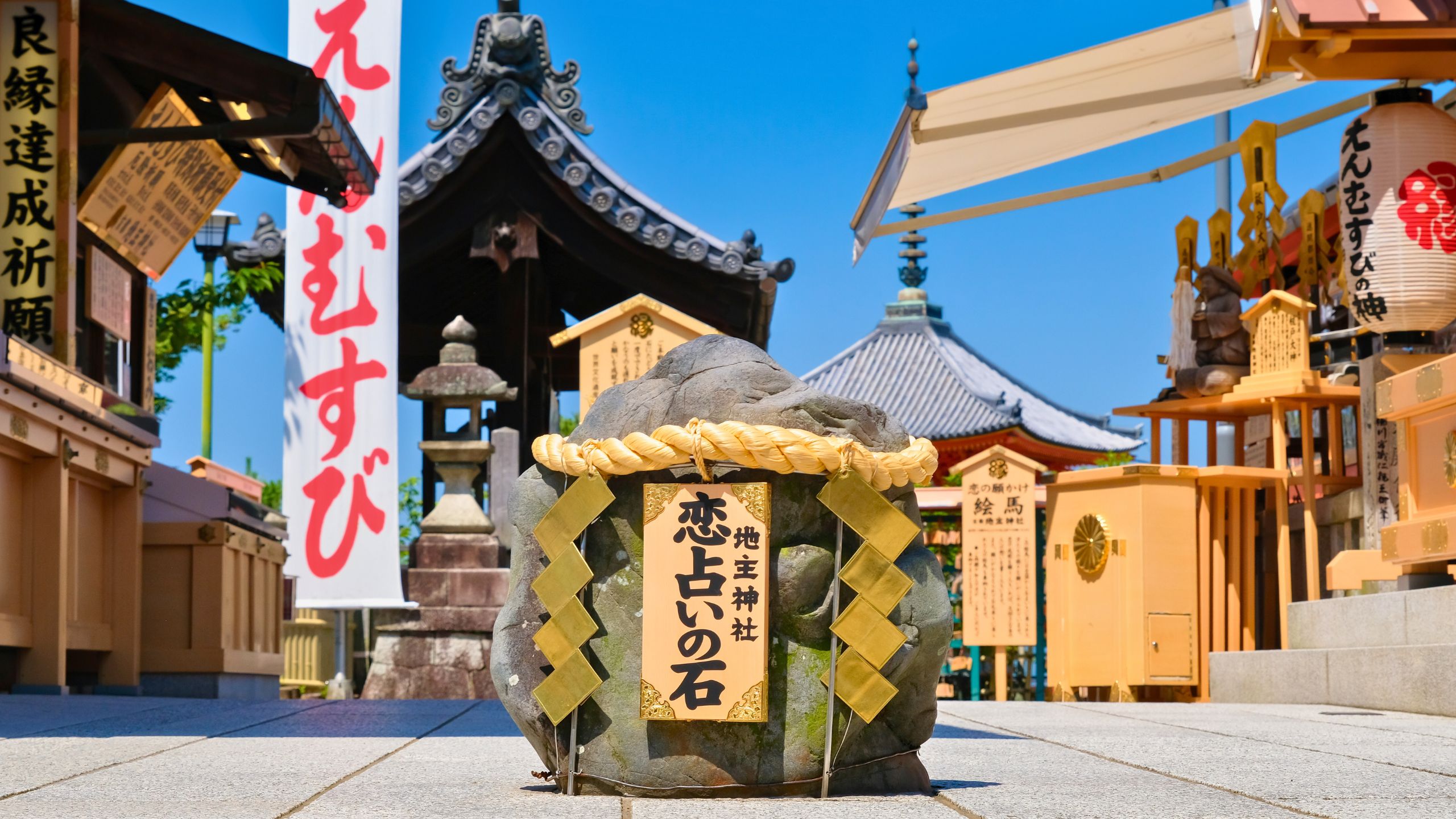
- The temple’s night illuminations during cherry blossom and autumn foliage seasons create an enchanting experience.

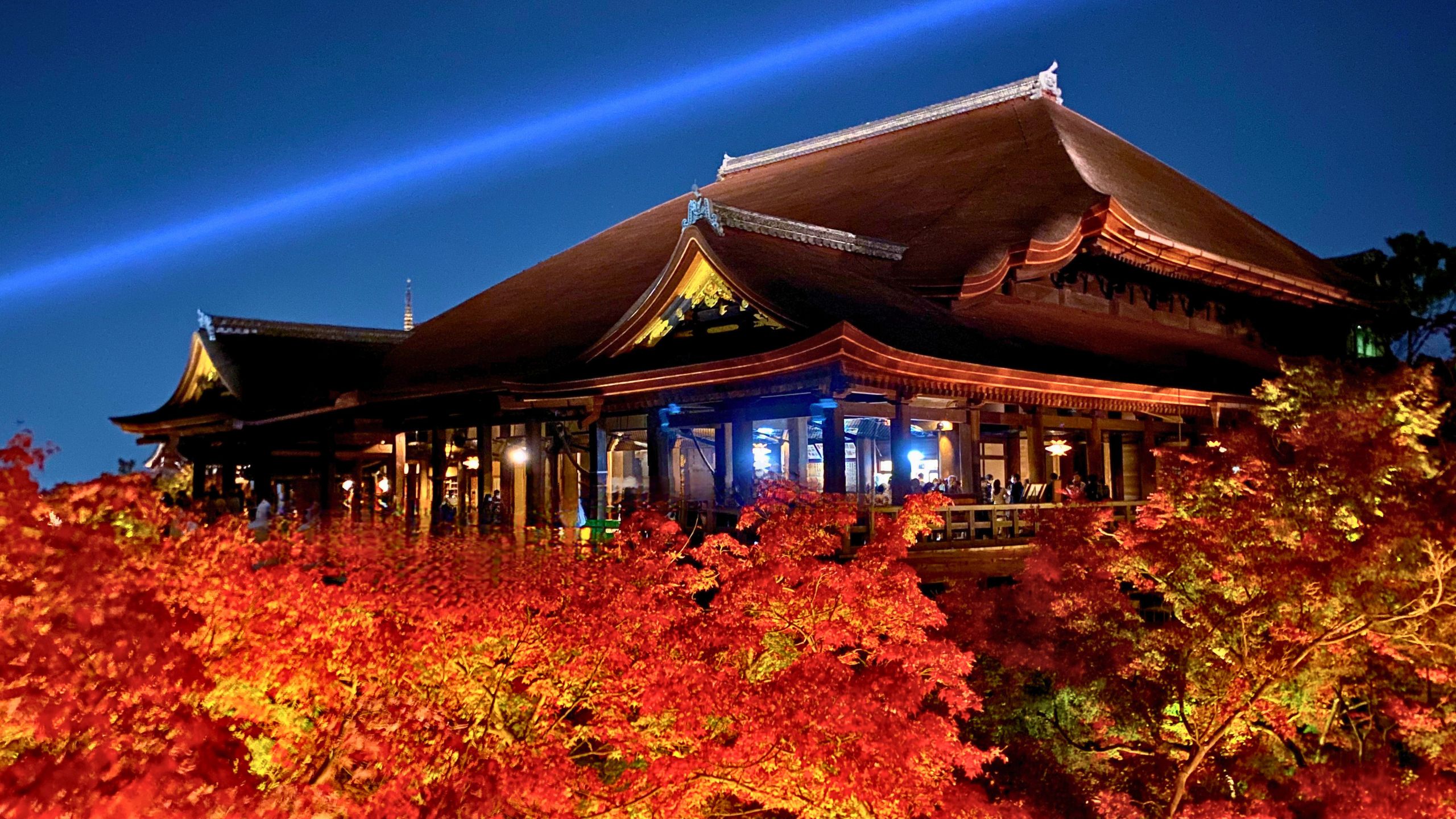
- Kiyomizu-dera embodies Kyoto’s spiritual and historical essence, drawing millions of visitors each year.
A Legacy of Over a Thousand Years
Kiyomizu-dera was established in 778 by the monk Enchin and later developed under the patronage of the Tokugawa shogunate. Despite multiple reconstructions due to fire, the temple remains a symbol of Kyoto’s resilience and cultural heritage. The current structures date back to the early Edo period (1633), reflecting the architectural style of the time. Over centuries, Kiyomizu-dera has been a place of worship and pilgrimage, preserving its religious significance and historical charm.
Annual Events
- New Year’s Eve Bell Ringing
Traditional bell ringing ceremony for the new year. - Spring Cherry Blossom Illumination
Nighttime viewing of cherry blossoms. - Seiryu-e Festival
A grand dragon procession celebrating the temple’s guardian spirit. - Autumn Illumination
Stunning night illuminations highlighting the fall foliage. - Kannon Special Viewing
Rare opening of the Main Hall for visitors to view the sacred Kannon statue.
Local Delicacies and Souvenirs
- Yatsuhashi
Traditional Kyoto cinnamon-flavored rice crackers, available baked or soft.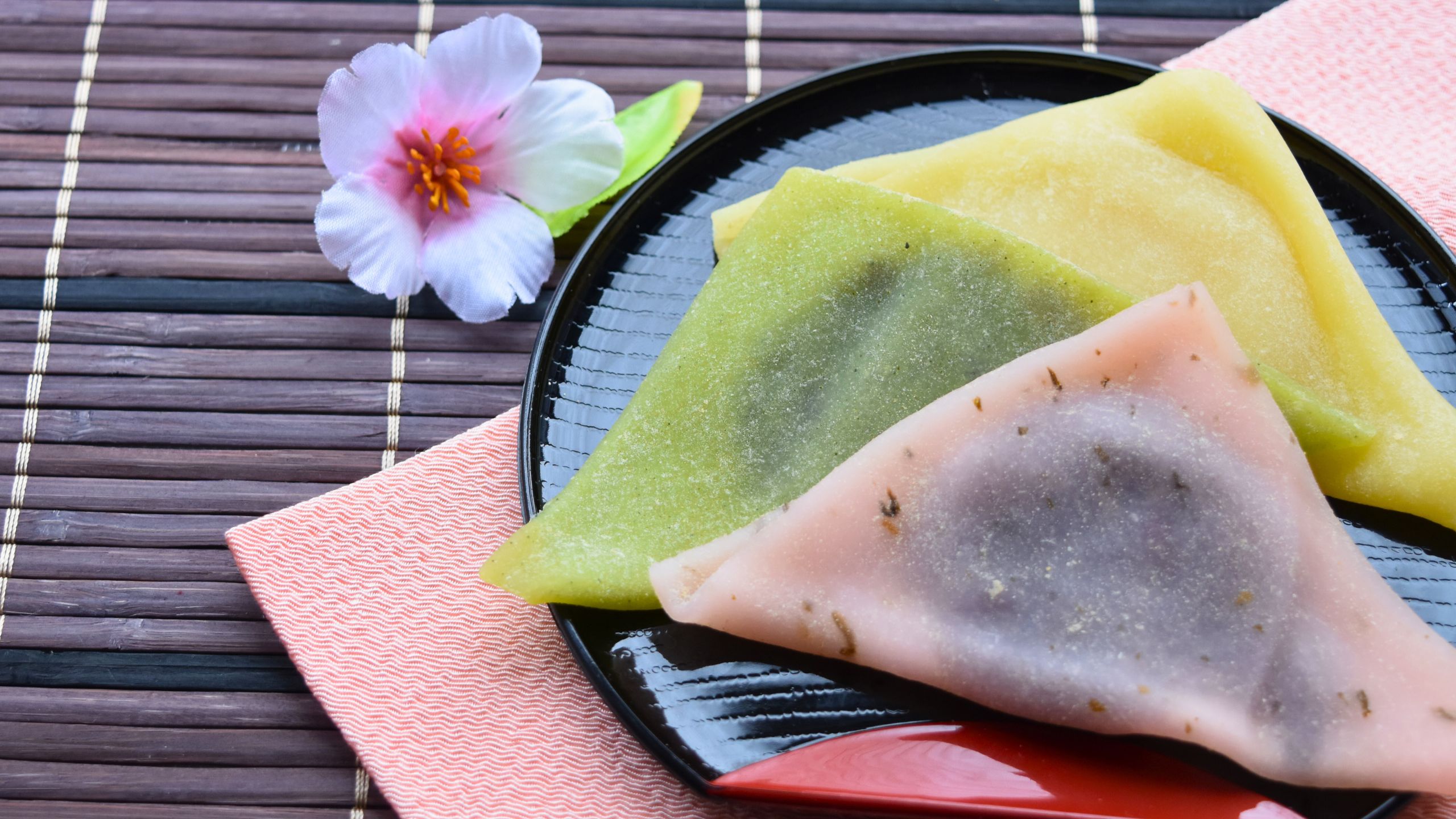
- Matcha Sweets
Various matcha-flavored delicacies, including ice cream and mochi. - Tofu Cuisine
Kyoto is famous for its fresh and delicate tofu dishes. - Kiyomizu-yaki Ceramics
Elegant handcrafted pottery, perfect as a souvenir.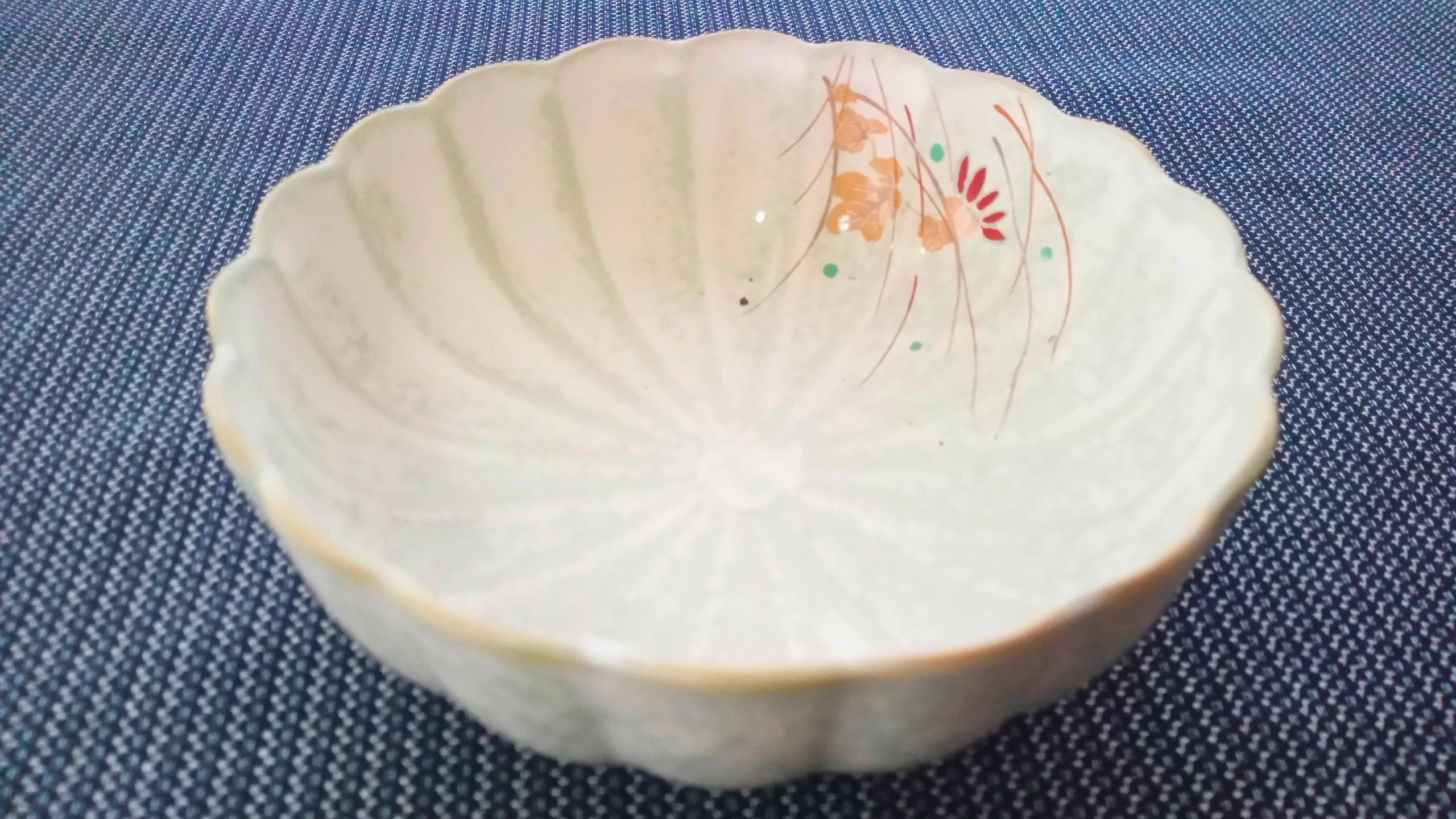
- Lucky Charms & Omamori
Spiritual amulets for love, success, and health from Kiyomizu-dera.
Access
- By Train
Take the Keihan Railway to Kiyomizu-Gojo Station, then a 20-minute walk. - By Bus
From Kyoto Station, take Kyoto City Bus #100 or #206 to Gojo-zaka or Kiyomizu-michi, then a 10-minute walk. - By Taxi
A 15-minute ride from Kyoto Station. - Walking
A scenic route through Higashiyama District leads to the temple.
1-294 Kiyomizu, Higashiyama-ku, Kyoto City,
Kyoto Prefecture, 605-0862, Japan

